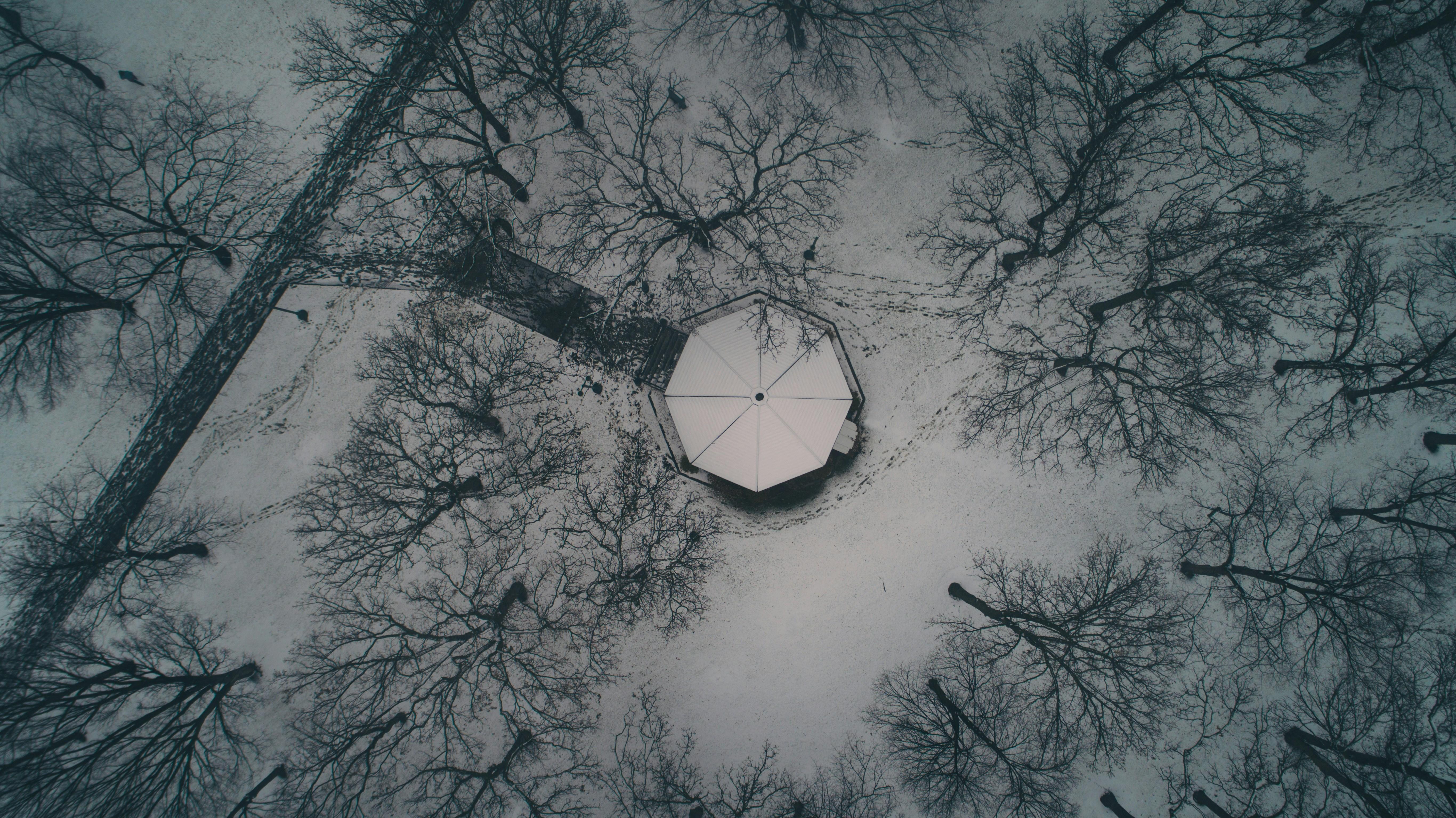In the realm of television, few series have managed to consistently captivate audiences while reinventing themselves with each new installment. “Fargo,” an anthology series inspired by the Coen brothers’ iconic 1996 film, stands as a remarkable example of this dynamic storytelling approach. Since its debut in 2014, “Fargo” has skillfully navigated the complexities of crime narratives, weaving together dark humor, intricate plots, and richly developed characters. Each season offers a fresh perspective, setting, and storyline, yet remains tethered to the show’s thematic core of ordinary individuals caught in extraordinary and often morally ambiguous circumstances. This analytical exploration delves into the unique elements and creative strategies that enable “Fargo” to continually redefine the crime anthology genre, maintaining its relevance and intrigue across diverse storylines and settings.
Character Development and Complex Narratives
One of the most compelling aspects of Fargo is its ability to craft deeply engaging character arcs within the confines of a limited series format. Each season introduces viewers to a fresh ensemble of characters, each meticulously developed with intricate backstories and complex motivations. This allows for narratives that are not only unpredictable but also profoundly human. The characters are often flawed, grappling with moral ambiguities that challenge the traditional boundaries of good and evil. This nuanced approach to character development ensures that viewers are continually invested in the personal journeys of each protagonist and antagonist, making the stakes feel intensely personal and the drama all the more gripping.
In terms of narrative structure, Fargo excels by weaving together multiple storylines that often intersect in unexpected ways. The series employs a non-linear storytelling technique, creating a tapestry of events that gradually reveal the larger picture. This method keeps audiences guessing and engaged, as they piece together the narrative puzzle. Key elements that contribute to this complexity include:
- Intersecting plotlines that provide different perspectives on the central conflict.
- Layered storytelling that reveals character motivations and secrets over time.
- Clever use of symbolism and foreshadowing to hint at future developments.
These elements combine to form a richly textured narrative that not only entertains but also invites viewers to ponder deeper themes about human nature and morality.

Innovative Storytelling Techniques and Visual Style
Fargo’s approach to crime anthologies is a masterclass in innovative storytelling and a distinct visual style that sets it apart from its genre peers. Each season is a self-contained narrative that draws on the rich tradition of the American Midwest, blending it with quirky, darkly comedic elements. This unique fusion creates a tapestry of interconnected stories, all while retaining a standalone allure. The show employs a non-linear narrative structure that weaves in flashbacks and side stories, engaging viewers in a complex puzzle that gradually reveals itself.
The visual style of Fargo is equally noteworthy. Utilizing a muted color palette and wide-angle shots, it captures the vast, often bleak landscapes of its setting, emphasizing the isolation and tension of the narrative. The series often uses visual metaphors to enhance storytelling, such as recurring motifs and symbolic imagery. Key techniques include:
- Split-screen sequences that provide simultaneous perspectives, adding depth to character interactions.
- Symmetrical compositions that create a sense of order amidst chaos.
- Long takes that heighten suspense and allow the actors’ performances to resonate.

Thematic Depth and Societal Reflections
Each season of Fargo delves into a tapestry of themes that reflect societal intricacies and human nature. The series doesn’t shy away from exploring moral ambiguity, where the lines between right and wrong blur, challenging viewers to question their own ethics. Through its multifaceted characters, Fargo often portrays the consequences of ambition and greed, echoing the age-old conflict between personal desire and communal responsibility.
- Identity and Transformation: Characters often undergo profound changes, symbolizing broader societal shifts.
- Justice and Retribution: The show examines the complexities of justice, questioning whether it is ever truly served.
- Isolation and Community: The contrast between the stark landscapes and the intimate human connections highlights the tension between solitude and belonging.
By weaving these themes into its narrative, Fargo acts as a mirror to contemporary societal issues, offering a canvas where the audience can reflect on the nature of crime, morality, and the human condition.

Balancing Humor and Darkness in Crime Storytelling
One of the most remarkable achievements of Fargo is its deft handling of the dichotomy between humor and darkness. This balance is achieved through a masterful blend of quirky characters and gritty narratives, allowing the audience to experience the multifaceted nature of crime. Dark comedy serves as a vehicle to explore the absurdity of human behavior within dire circumstances, providing moments of levity amidst the tension. Unique character arcs are often used to juxtapose light-hearted quirks against the backdrop of sinister plots, creating a rich tapestry that captivates the viewer.
- Character-driven humor: Characters often exhibit eccentricities that add a layer of charm, making their flaws both relatable and entertaining.
- Situational irony: The unexpected twists in the narrative often lead to darkly humorous situations, highlighting the unpredictability of crime.
- Dialogue and wit: Sharp, witty exchanges offer a counterpoint to the tension, keeping the audience engaged without detracting from the storyline’s gravity.
By weaving humor into the fabric of its storytelling, Fargo not only challenges traditional crime narratives but also invites viewers to reflect on the complexities of morality and justice. This intricate dance between light and dark not only reinvents the crime anthology genre but also ensures each season stands as a unique exploration of human nature.
In Conclusion
“Fargo” stands as a testament to the dynamic potential of crime anthologies, continuously redefining the genre with each season. By intricately weaving distinct narratives that maintain thematic coherence, the series not only honors its cinematic origins but also carves out its own identity in the television landscape. Its ability to blend dark humor, moral complexity, and regional specificity allows “Fargo” to transcend conventional storytelling, inviting audiences into a world where crime is not just a plot device but a lens through which human nature is examined. As the series progresses, it remains a compelling study in how crime anthologies can evolve while still retaining the core elements that captivate and challenge viewers. Whether through its character development, narrative innovation, or atmospheric depth, “Fargo” continues to push the boundaries of what a crime anthology can achieve, ensuring its place as a pivotal influence in modern television storytelling.
